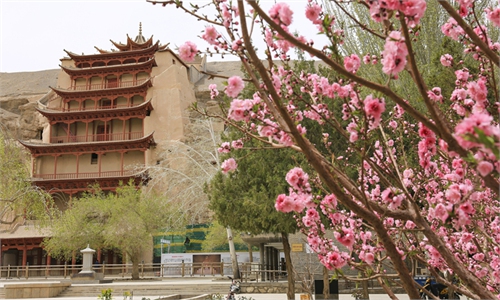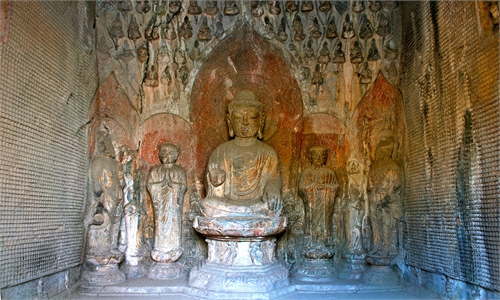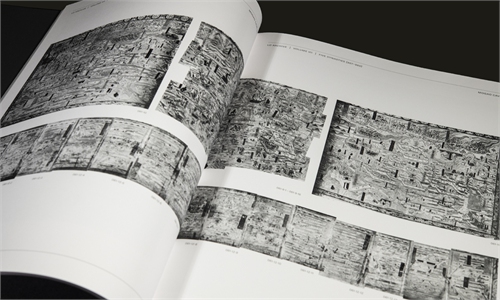ARTS / CULTURE & LEISURE
China-Japan documentary about Yungang Grottoes debuts on NHK
Historical connections
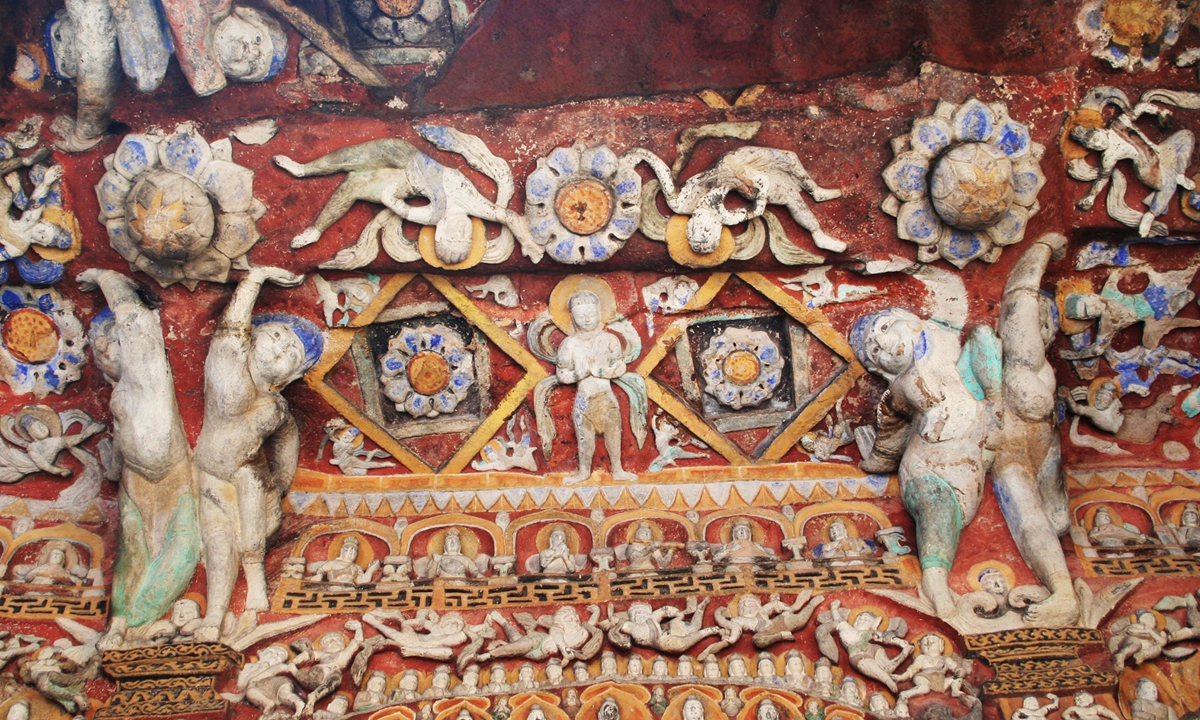
The Buddha statues at China's Yungang Grottoes Photo: VCG
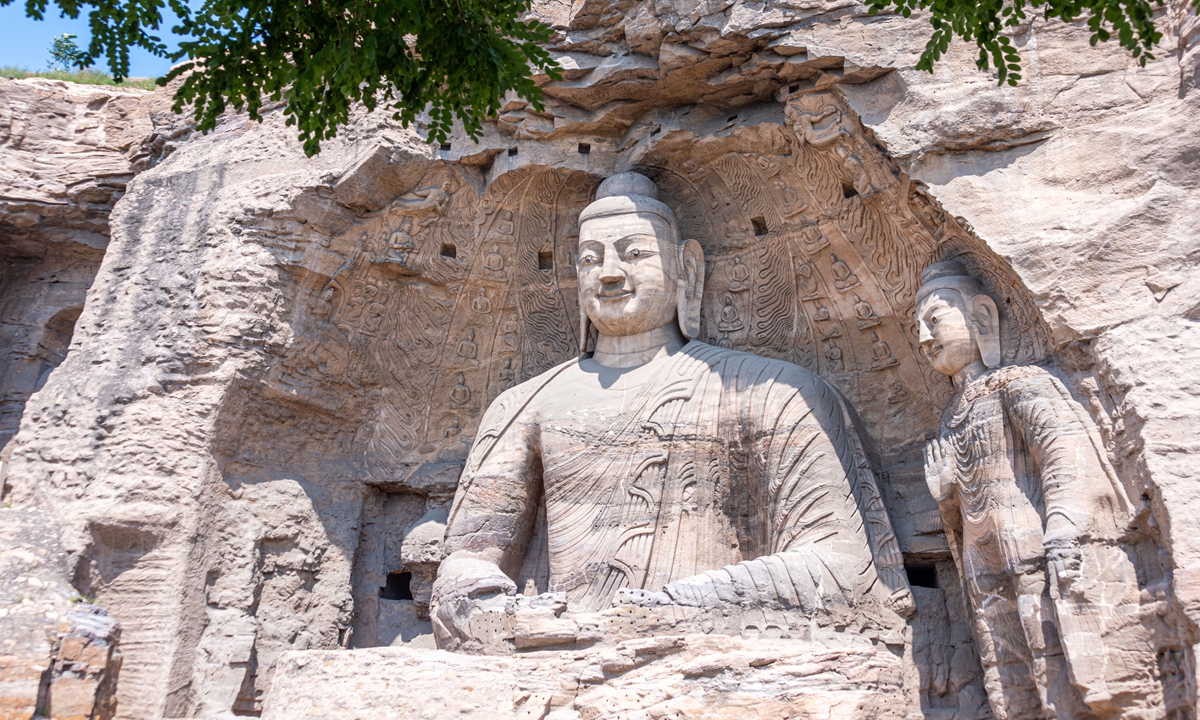
The Buddha statues at China's Yungang Grottoes Photo: VCG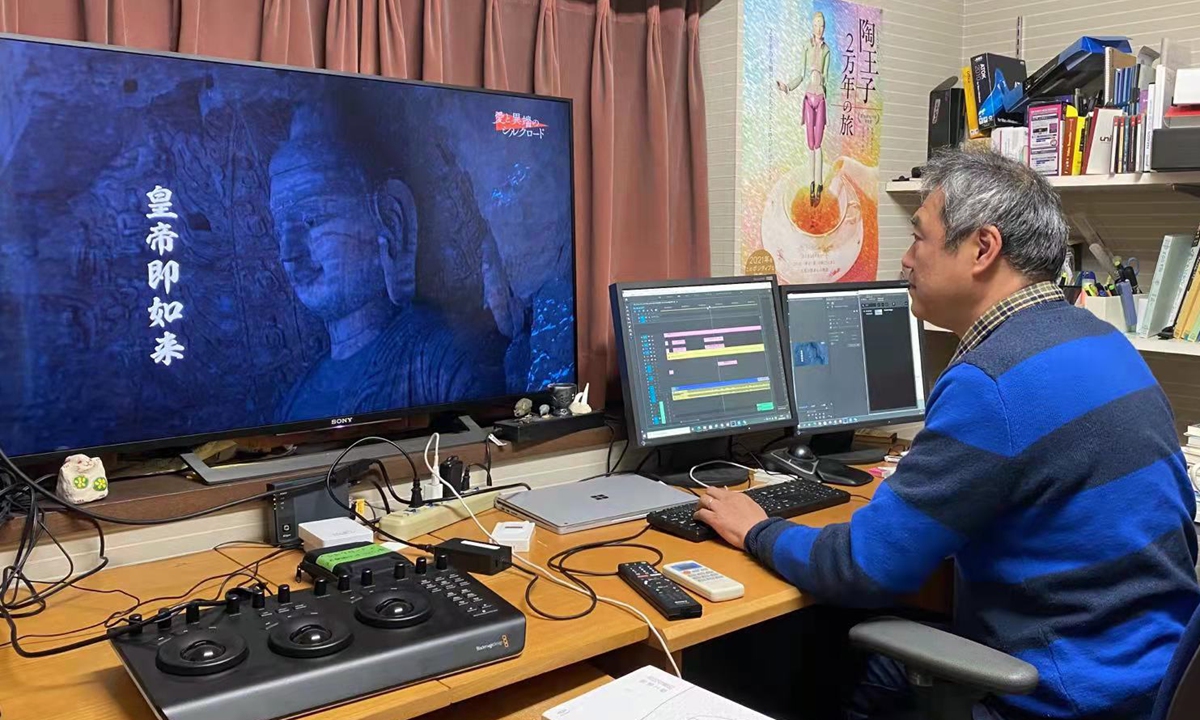
Japanese director Shohei Shibata Photo: Courtesy of Hou Xintian
As sparkly snowflakes fly through the cold winter sky, a huge Buddha statue sits calmly and peacefully in China's Yungang Grottoes, receiving the devout prayers of tourists."It is so pretty," said Chinese actress Zhao Tao.
Zhao was appearing as a special guest in the documentary Yungang Grottoes - Love and a Different Silk Road, co-directed and produced by a Chinese cultural communication company, a Japanese production company and the state-run public broadcaster NHK. The 89-minute-long documentary has received positive reviews from viewers after it was broadcasted on the three NHK channels in HD, 4K and 8K on Saturday and Sunday. Ryuichi Saito, a research fellow at the Osaka City Museum of Fine Arts, said he was hooked by the beauty of the grottoes after watching the documentary.
The film introduces the history of the Yungang Grottoes, which were built by the royal family of the Xianbei, a nomadic tribe that unified northern China and established the Northern Wei Dynasty (386-534).
As the largest grotto group and the only royal grotto group in China, the Yungang Grottoes in Datong, North China's Shanxi Province, boast 254 caves that host more than 59,000 statues. The grottoes, which have 45 major caves, were inscribed on the UNESCO World Cultural Heritage list in 2001.
During his inspection tour of Shanxi Province in 2020, Xi Jinping, general secretary of the CPC Central Committee, stressed the importance of protecting the Yungang Grottoes as they are a "treasure of human civilization."
Trust and cooperation
Shooting videos in the ancient grottoes over a period of nearly 15 years, the documentary's Chinese director Hou Xintian has gained a sound and deep understanding of this World Heritage Site.
"I have visited many grottoes around the world, including those in Indian, Greece, South Korea and Japan, and surprisingly found they share some strong historical connections, which made me decide to film a documentary that takes 'See the world from Yungang' as its theme," Hou told the Global Times.
"When I saw Hou's videos, I was amazed by such wonderful images full of perfect details. I was really touched and had a strong desire to show them to more people in Japan. To be honest, I feel that this editor is shortening my lifespan, and the driving force that enables me to devote so much comes from these well-shot videos," Shohei Shibata, Japanese director of the documentary, told the Global Times.
Due to the COVID-19 pandemic, the Japanese team could not fly to China, so filming was carried out entirely by Hou's team, with the Japanese providing suggestions.
Shibata added that he would like to visit the Yungang Grottoes when the pandemic is over.
According to Hou, filming the huge Buddha statues was very challenging as the spaces between the grottoes were very narrow and lighting had to be used carefully and sparingly in order to prevent fires.
"We were very nervous while shooting the tall Buddha statues video as sometimes the camera was only a few centimeters away from them. And if it got a bit closer, it may have damaged the statues, which would have been a disaster."
"The editions in the two countries will be different. The Japanese side pays more attention to popularizing science through storytelling by a guest host, while the Chinese version might be broadcast as a series that focuses on the Yungang Grottoes' connections with other countries around the world," Hou said.
Changing role
Zhang Zhuo, the former head of the Yungang Grottoes Research Institute, told the Global Times that the Yungang Grottoes is a valuable heritage site that represents the heyday of cultural exchanges between China and the West.
"The Japanese attach great importance to Yungang Grottoes as they see them as the origin of Buddhism that entered Japan during the Tang Dynasty (618-907)."
He explained that the concept of Buddhist grottoes spread from India to China's central plains through Central Asian countries and what is today Northwest China's Xinjiang Uygur Autonomous Region and Gansu Province's Hexi Corridor.
However, as the concept spread, their function changed in China from being a resting place for monks to a Buddhist shrine for viewing and worshipping.
Zhang said he was very pleased that the documentary could be broadcast in Japan so that more people could learn about the Yungang Grottoes and Chinese culture.
"Shooting the Yungang Grottoes videos seems to have become a kind of practice for me. Every time I do it, the feeling is different," Hou said, adding that based on the boosting Chinese culture in the nation, he hoped more high quality image works could be produced abroad for a cultural promotion.

